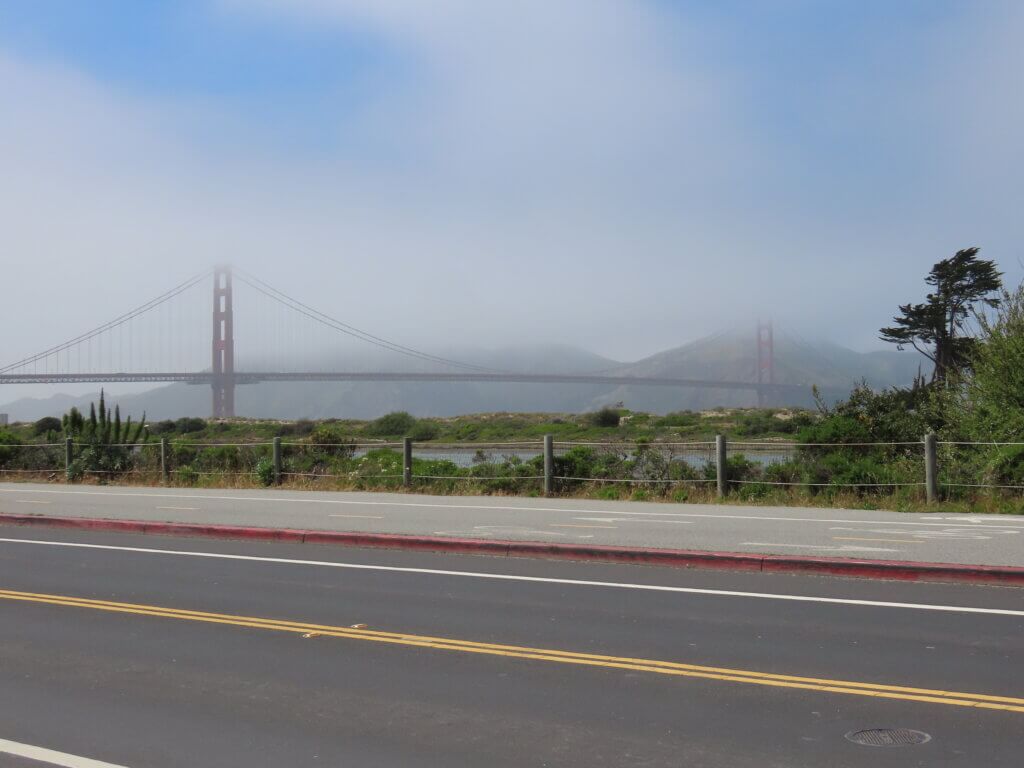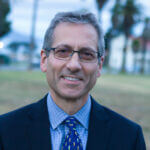California’s Children Face a Growing Crisis
A significant share of kids in our California public schools are really going through it. They are struggling with challenges that erode their well-being, learning, and sense of belonging. The outdoor and environmental learning community has some powerful, evidence-based solutions that can help those students to improve their health, academic success, motivation, and connections to their communities. These approaches are beginning to take hold in schools across the state (a trend reflected in recent issues of the Ten Strands Newsletter, including the special edition on outdoor learning). But the uptake isn’t happening at the scale or with the urgency that this moment demands.
A New Narrative Rooted in Research
The California Campaign for Outdoor Learning is partnering with researchers from many disciplines to help build a new, more compelling, and more urgent narrative about the benefits to children of learning outdoors. We’re trying to crack the code in our communication with policymakers, educators, and the public to achieve the campaign’s primary goal: legislation and funding to dramatically increase the amount of time that our kids, beginning with those most vulnerable, spend learning in safe, healthy, inspiring outdoor spaces every year from TK through grade 12. In the last days of April 2025, the campaign held a Research and Evaluation Convening of thirty-five brilliant thought leaders and researchers in the shadow of the Golden Gate Bridge at Crissy Field Center in the Presidio of San Francisco. Here is what happened.
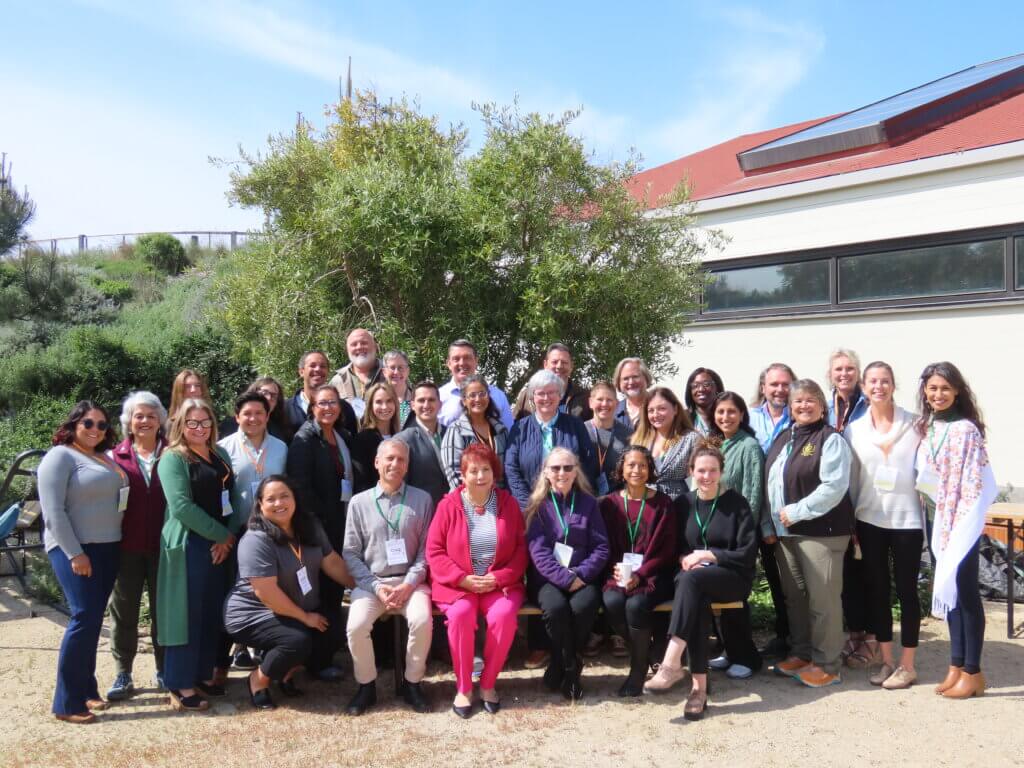
Of the convening participants, 60 percent are health and learning experts and 40 percent are practitioners and policy advocates. Half of the researchers focus on physical or mental health and the outdoors (pediatrics, pediatric neuropsychology, environmental epidemiology, environmental health). The other half focus on education and learning (school improvement/student achievement, climate change education, environmental education, STEM education). The practitioners included a natural playground designer, a media safety advocate, an equity and language development expert, a lobbyist, a natural resources manager, a school district superintendent, and six leaders of outdoor and environmental education programs. Go ahead, say it: Wow! Want to be even more impressed? Here are their bios.
Understanding the Epidemics Facing Youth
Across all the fields represented by the convening participants, there is broad agreement that our children are suffering from a crisis of multiple simultaneous epidemics. Most of the epidemics do not present in the acute way that characterized the immediate, dramatic, and highly visible impact of COVID-19. The epidemics our kids are experiencing progress more like the impacts of climate change, slow and steady with occasional spikes, but having a huge, cumulative, long-term impact that is observable over years—even to the untrained eye. Hypertension, ADHD, self-regulation problems, obesity, myopia, anxiety, climate change anxiety, depression, allergies, gut health problems, alienation from nature, toxic screen time, and declining academic achievement exacerbated by pandemic “learning loss” are all on the steady increase. Meanwhile, time outdoors and time walking are steadily decreasing, especially since the pandemic. All six million of our TK–12 California students are susceptible to one or more of these epidemics, and irrefutable evidence shows that students of color, English learners, unhoused youth, and foster youth are consistently harmed the most and the most often. We anticipate that the dismantling of federal infrastructure for science, health, and education in the first months of this year will further aggravate the situation.
Evidence of the Benefits of Outdoor Learning
At the same time, evidence from research shows that time spent learning outdoors in contact with nature is associated with decreased symptoms and positive outcomes related to all of those insidious epidemics. There is even evidence suggesting that while all students benefit in significant ways from learning outdoors, girls benefit more than boys, and students of color benefit more than white students, helping to decrease some cruel disparities without disadvantaging more privileged students. These threads of research, all showing positive outcomes, are composed mainly of small and narrow studies. It seems as if each research team is yelling into a strong wind about the particular epidemic it is studying. The signal-to-noise ratio is not yet strong enough to achieve our goals. We asked the Research and Evaluation Convening participants if they could help us tell a simpler, bigger, better, more integrated, more holistic, and more compelling story built on their extensive expertise. It has to be a story not only about hypertension or pro-environmental behavior or any one outcome. It has to be about the well-being of our children. Each of us advocating for environmental and outdoor learning, whether we are a researcher, practitioner, or policymaker, must be able to tell a convincing story that includes outcomes from beyond our area of expertise and direct experience.
Elevating the Role of Research in Policy Change
The purposes and roles that the Research and Evaluation strategy will play in the campaign were shaped by numerous conversations that began in fall 2023 and a previous convening in September 2024. Research and evaluation are central to the other campaign strategies (Leading Edge Exemplars, Communications and Messaging, and Policy and Advocacy) and, ultimately, to the campaign’s success in passing and implementing legislation. The Research and Evaluation strategy will help us understand, from existing literature and new studies, what is known and what types of research are still needed; establish baselines for outdoor learning statewide; identify and promote new game-changing, interdisciplinary research studies related to the co-occurring benefits to children of outdoor learning; and develop a plan for measuring the implementation and impact resulting from increased outdoor learning in schools to demonstrate a return on the investment of public funds.
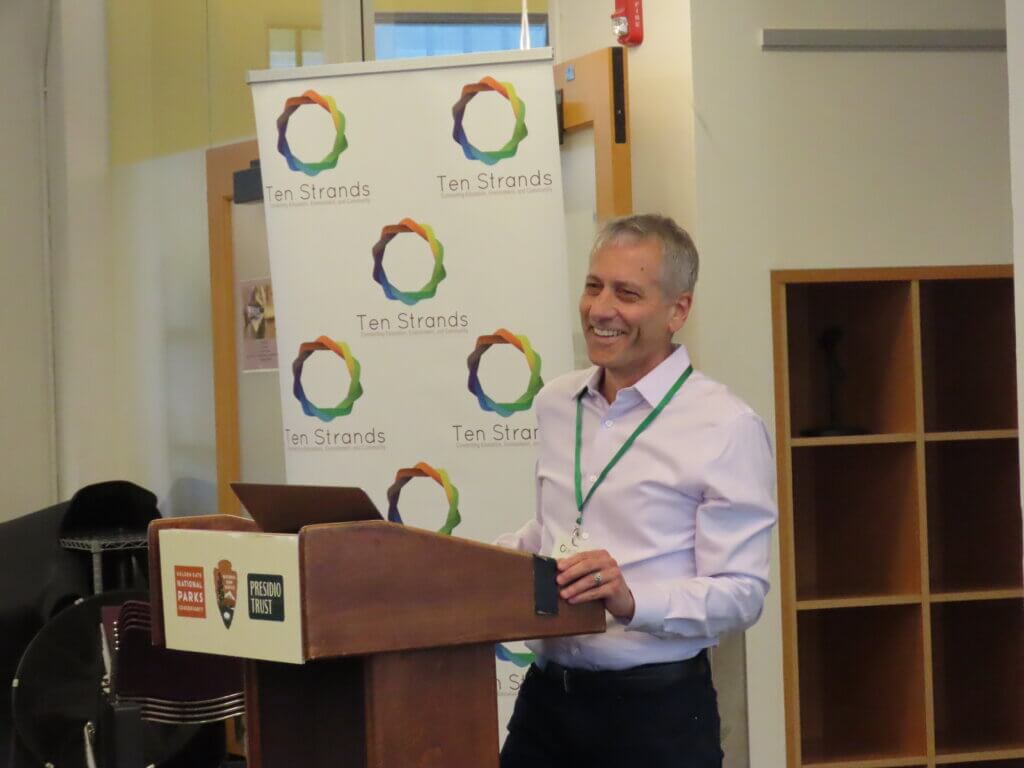
Research and Evaluation Convening Goals
The specific goals for our two-day convening were to
- build community, leading to trust and new interdisciplinary research collaborations in the future;
- share expertise to build a deeper understanding of each of the benefits of outdoor learning;
- generate insights and considerations related to establishing meaningful baselines;
- catalyze development of new game-changing, interdisciplinary research studies; and
- begin discussion about measuring what matters related to the increased implementation and impact of outdoor learning
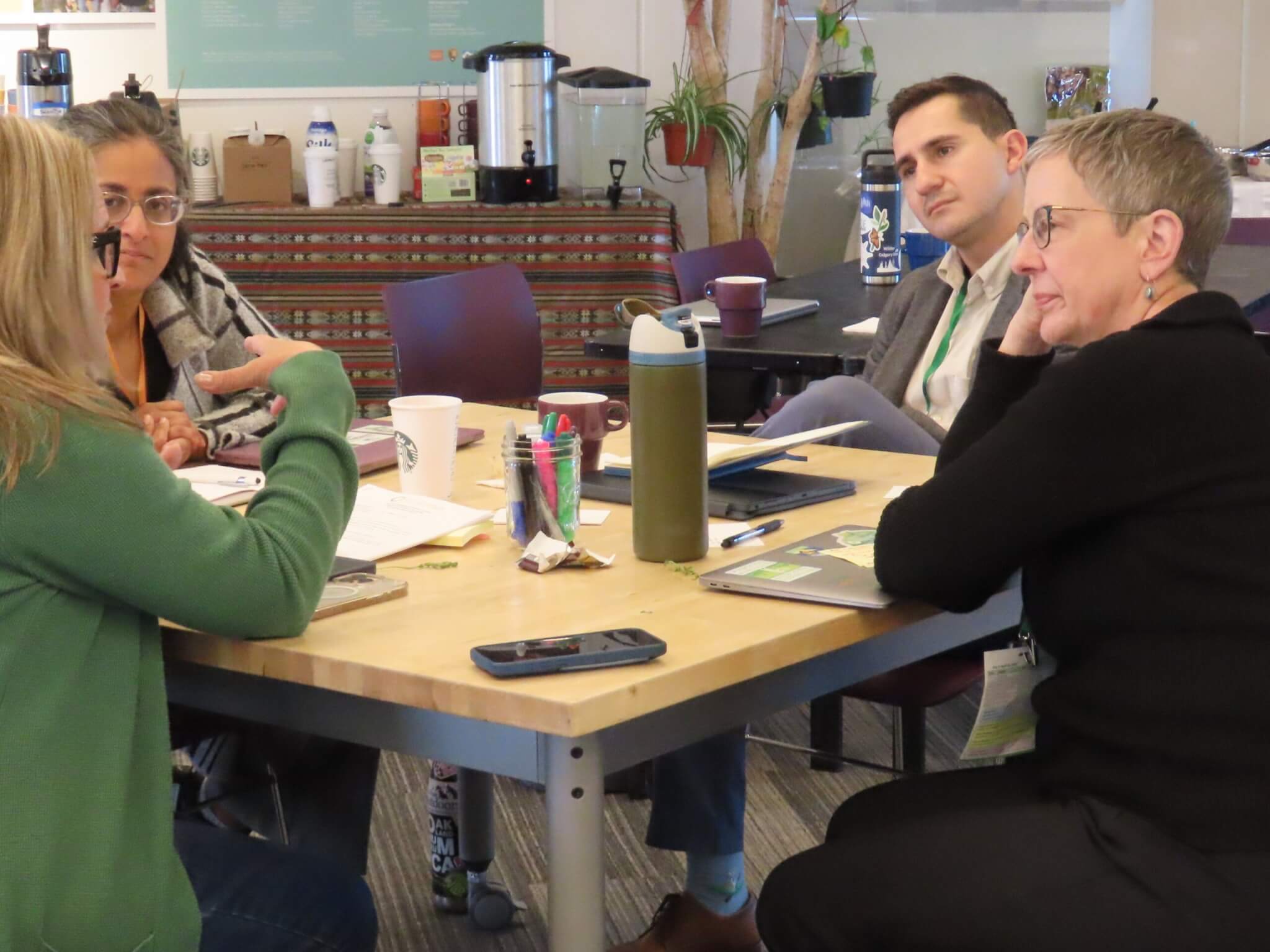
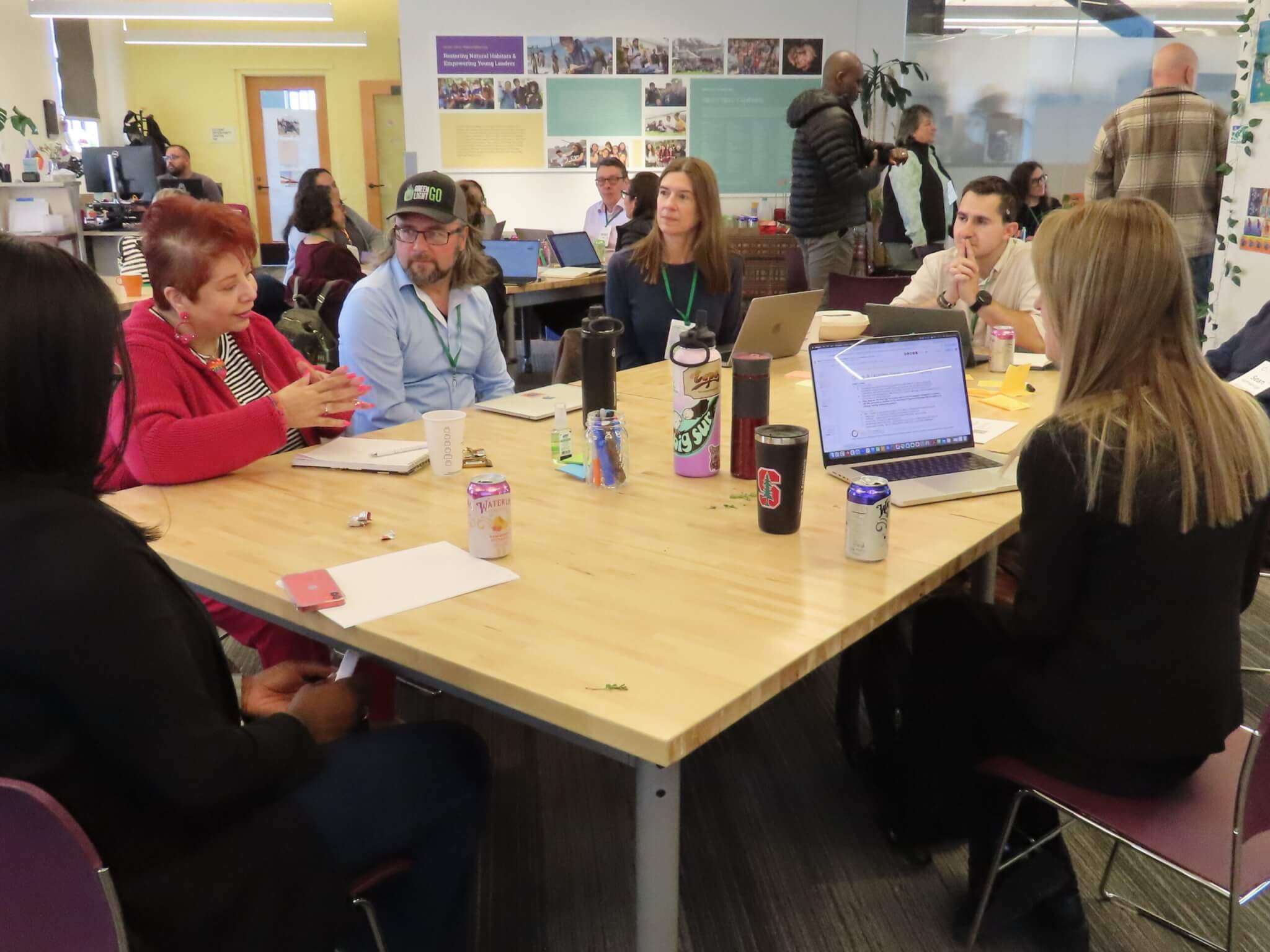
Tangible Progress and Transformative Ideas
The convening resulted in tangible progress on all the stated goals. This is described in detail in a Summary and Outcomes Report. The largest share of time, an hour and forty-five minutes, was devoted to the fourth goal. Participants were assigned to predetermined “research teams” of three to four members that included at least one health expert, one learning expert, and one practitioner. They were asked to do the following: brainstorm possible game-changing research questions that might advance the field and the campaign, choose one of these questions that their team would be excited to work on, develop the outlines of a research study to investigate their question, meet with another research team to provide each other with feedback, and incorporate the feedback they received into a second draft of their study.
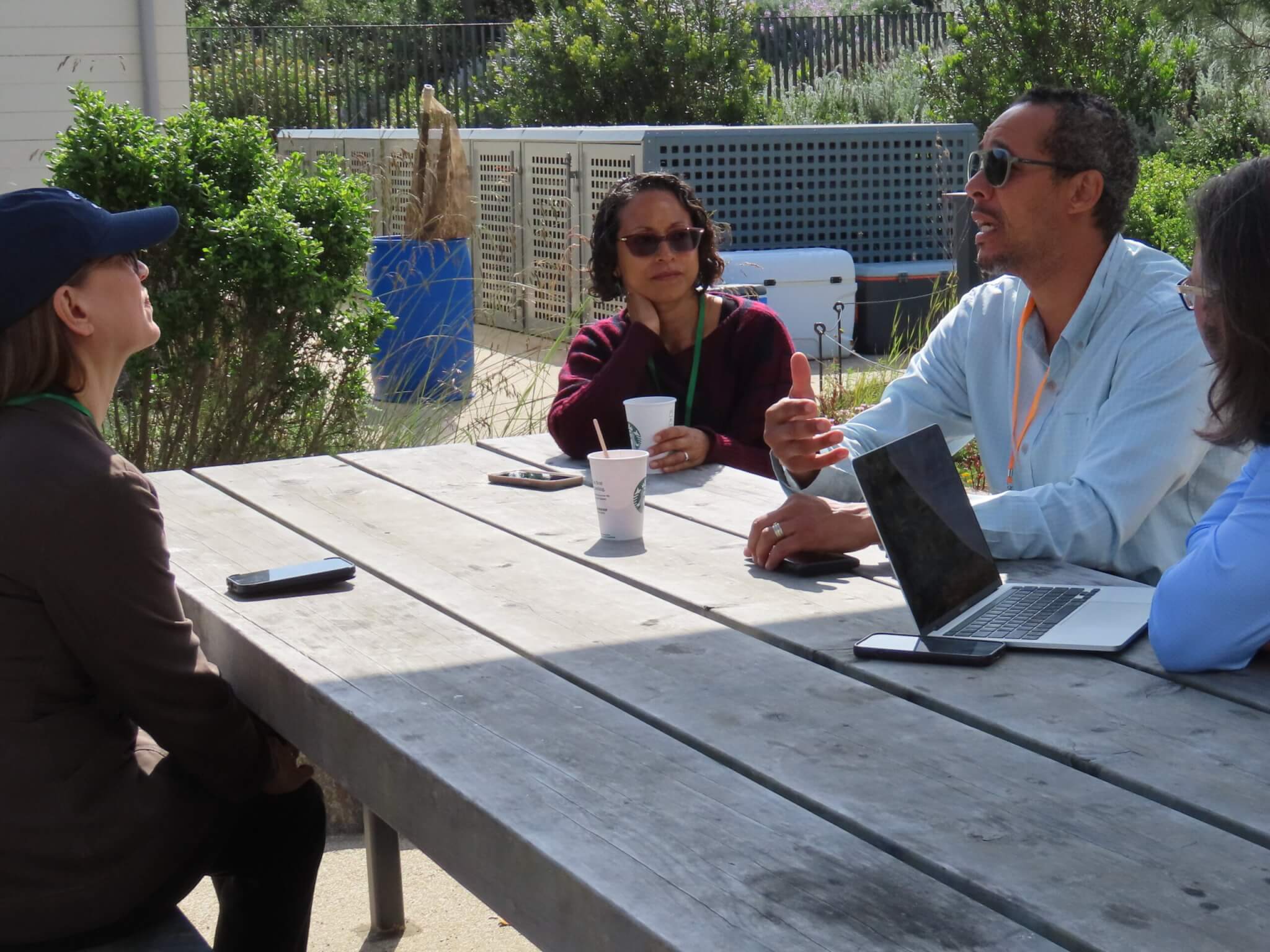
The outputs from this session were remarkable, especially considering that the entire process unfolded in less than two hours. Each research team completed an outline of a research proposal. More importantly, two key takeaway sentiments were expressed in the closing whole group discussion:
- There are, in fact, compelling game-changing ideas for research studies that have the potential to advance the field and the campaign by telling a more complete, holistic story about the benefits of outdoor learning to our children. While it may take more than two hours to refine them, the relevance of even the initial ideas was undeniable.
- Working on a research team that spanned disciplines and expertises (health, learning, quantitative, qualitative, etc.), even for an hour and forty-five minutes, was challenging and humbling but also empowering and, for some, transformative. Several people commented in the discussion, on daily comment cards, and on the end-of-convening survey that meeting and working with researchers and practitioners with entirely different training, approaches, cultures, and perspectives was enlightening in ways that would change how they approach their work in the future. Participants were generally enthusiastic about the potential benefits of continued interdisciplinary collaboration.
Notable Ideas
-
There is a need for more studies proposed through participatory community design.
-
There was broad agreement about prioritizing programming and research on children who do not currently have access to safe, healthy outdoor spaces or outdoor learning opportunities.
-
Different participants emphatically expressed the seemingly conflicting perspectives that research questions should be driven by
-
what is best for students, including what students and community members think is best for students (e.g., sense of well-being, engagement);
-
the needs of superintendents and school boards (e.g., absenteeism, graduation rates, bullying);
-
the priorities of policymakers (e.g., return on investment, showing that dollars spent on outdoor learning will save more dollars in other areas).
-
-
Research shows the negative impact of screen time and the benefits of outdoor learning for children, but research is needed to understand the relationship between them.
-
Research is needed on the conditions that enable and hinder the growth of outdoor learning.
-
Future campaign convenings should include student voices and presence.
- Teachers are an important keystone in the widespread adoption of outdoor learning. We need to understand the factors underlying teacher burnout and well-being and how teachers view the importance of outdoor learning for their students.
Reflections and Renewed Hope
On daily comment cards and in informal conversations, several participants articulated their needs for more clarity about several topics: the goals of the campaign, the role of research within the campaign, whether more research is actually necessary to advance the campaign, what the next steps and timeline are, and how the campaign will be operationalized. These valid sentiments of discomfort and uncertainty, however, were more than counterbalanced by expressions of appreciation, enthusiasm, inspiration, commitment, and willingness to move forward together along an uncertain path. Mostly, we heard appreciation and even exhilaration related to new ways of thinking that were uncovered by the stunning diversity of expertise, perspectives, and approaches represented in the group:
I got a sense of the variety of priorities that may feel in tension now, but have the potential for transformation.
I got some new ways of thinking about the topic, or maybe more accurately, I appreciate other views + the limits of my own. Interdisciplinary thinking.
. . . completely reshaped the way I think about my work.
I gained awareness of ways various topics can come together to accomplish goals for many (Synergy=climate change, well-being, physical health for kids).
I have a new perspective on how the diversity of thinking in a small room could transform my practice.
I got connections to new potential partners . . . learning about other disciplines’ approaches to this work.
I realized the power of interdisciplinary work to create a project design; the tension between current practice/structure & Bluesky Vision.
I got even more inspiration; time to think (a scarcity nowadays); new colleagues; more hope for the future of our kids; thank you for keeping the door open.
I got the feeling that there is so much knowledge in this room that this really feels possible.
Enjoyed working & learning from a multi-disciplinary group of people. This must be thought of as an interdisciplinary project. Let’s not be siloed!
I got a better and broader understanding of the related research beyond my field. I hope that we will work together to find our way forward in these challenging times.
This convening took place at an extraordinary and unprecedented time of chaos and despair within the fields of science, education, research, and the environment. Thousands of active federal grants have been canceled, funding programs have been discontinued, and entire departments and agencies have been dismantled. Areas of research deemed essential and prioritized four months prior are now considered at odds with the president’s agenda or even illegal. Universities are being choked by the dramatic and sudden decrease in allowable indirect cost rates and the withdrawal of federal funds. Hundreds of related lawsuits are in progress, and several judicial rulings against the executive branch have been contested or disregarded. Tens of thousands of federal agency employees have been furloughed, fired, or forced into early retirement. One might think that, under these circumstances, it would be understandable if our research colleagues were hunkered down in their foxholes, hopeless and unable (or unwilling) to think about new initiatives. We found the opposite to be true. Although the convening was planned months in advance, not one invitee cancelled their participation due to the chaos. Participants craved community and the opportunity to set aside anger and despair to think together about positive, visionary actions that could improve the lives of our children.
We never heard, “Great idea, but it’s just not possible . . .”
